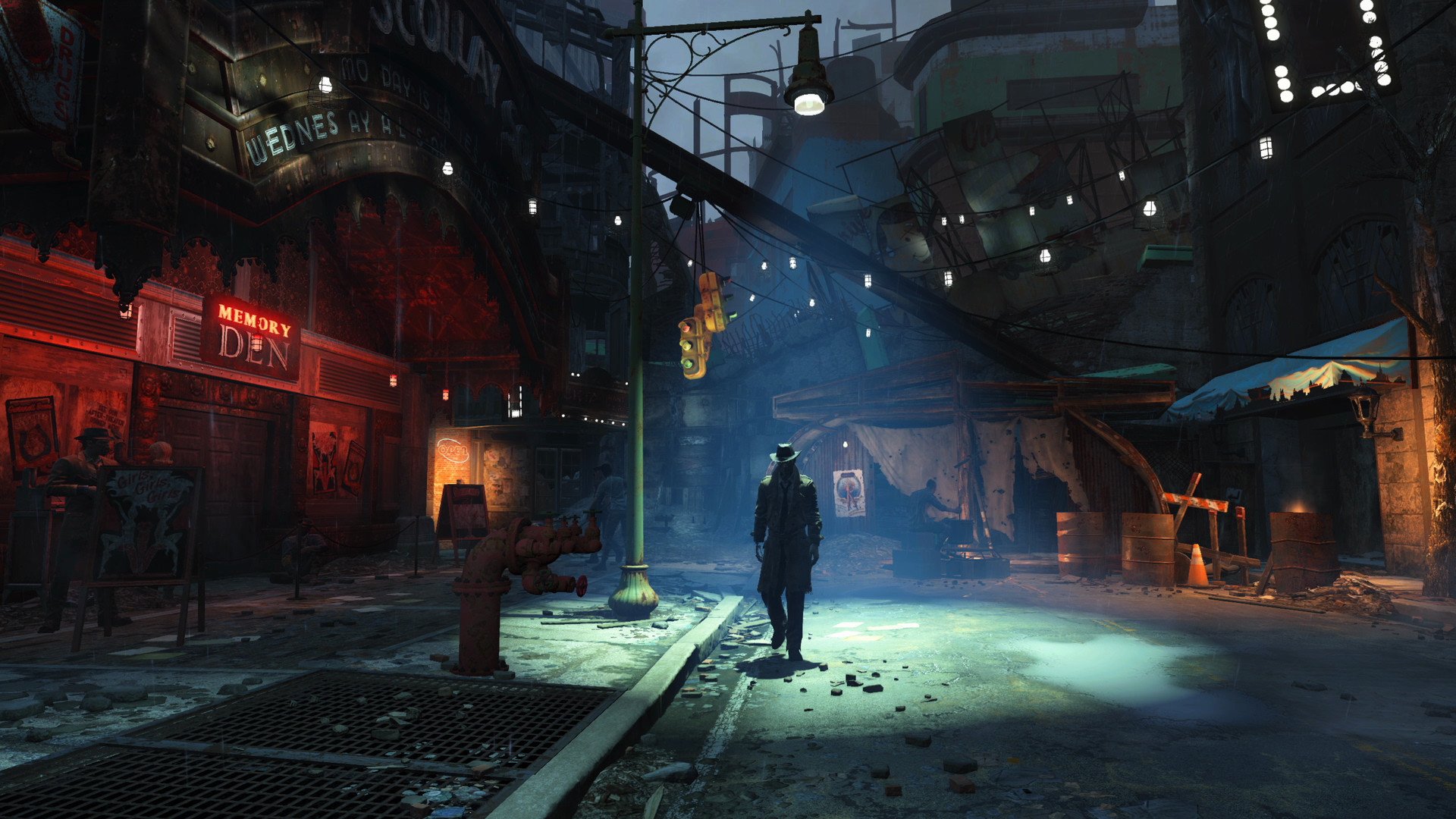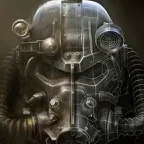Discussion
General discussion about Fallout 4 game and modding
29683 topics in this forum
-
- 92 replies
- 35.6k views
-
- 40 replies
- 33.5k views
-
- 154 replies
- 58.5k views
-
- 73 replies
- 52.7k views
-
- 59 replies
- 17.9k views
-
- 210 replies
- 85.4k views
-
- 2 replies
- 14 views
-
- 1 reply
- 42 views
-
- 7 replies
- 118 views
-
- 2 replies
- 132 views
-
- 3 replies
- 51 views
-
- 46 replies
- 7.4k views
-
- 35 replies
- 28.8k views
-
- 7 replies
- 142 views
-
- 1 reply
- 25 views
-
- 8 replies
- 319 views
-
- 4 replies
- 406 views
-
- 2 replies
- 51 views
-
- 1 reply
- 37 views
-
- 3 replies
- 76 views
-
- 6 replies
- 504 views
-
- 8 replies
- 142 views
-
- 5 replies
- 317 views
-
- 0 replies
- 73 views
-
- 0 replies
- 60 views
-
- 0 replies
- 117 views
-
- 4 replies
- 69 views
-
- 64 replies
- 83.6k views
-
- 0 replies
- 37 views
-
- 0 replies
- 39 views
-
- 11 replies
- 376 views
-
- 2 replies
- 322 views
-
- 2 replies
- 67 views
-
- 0 replies
- 60 views
-
- 4 replies
- 126 views
-
- 1 reply
- 46 views
-
- 1 reply
- 68 views
-
- 0 replies
- 34 views
-
- 0 replies
- 32 views
-
- 2 replies
- 71 views
-
Recently Browsing 1 member


